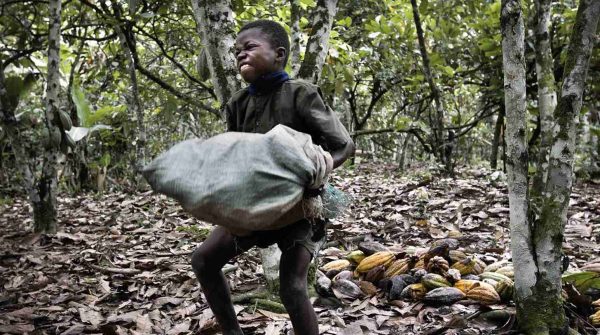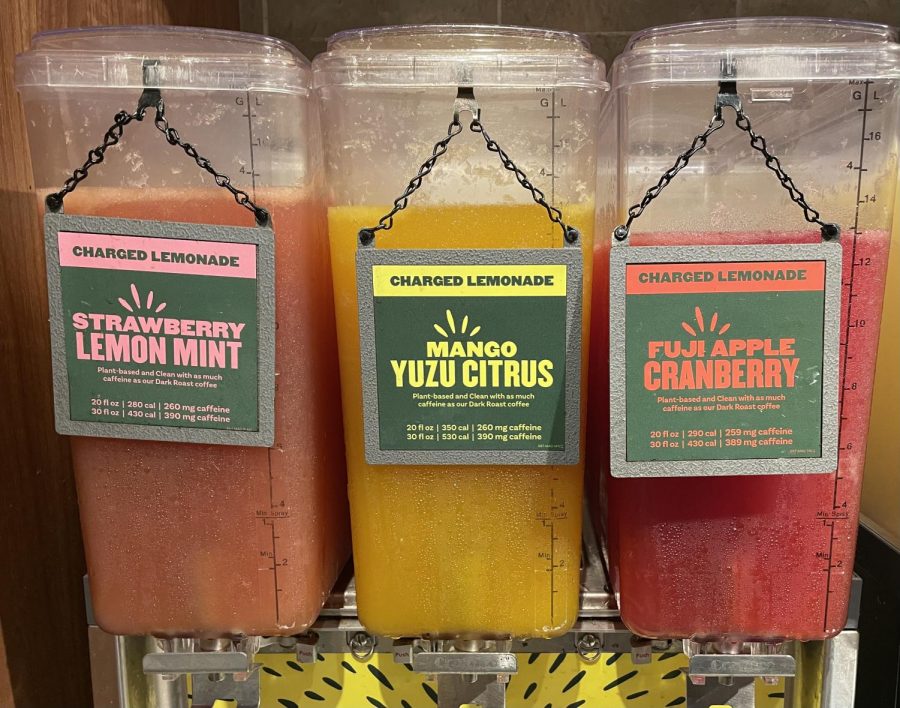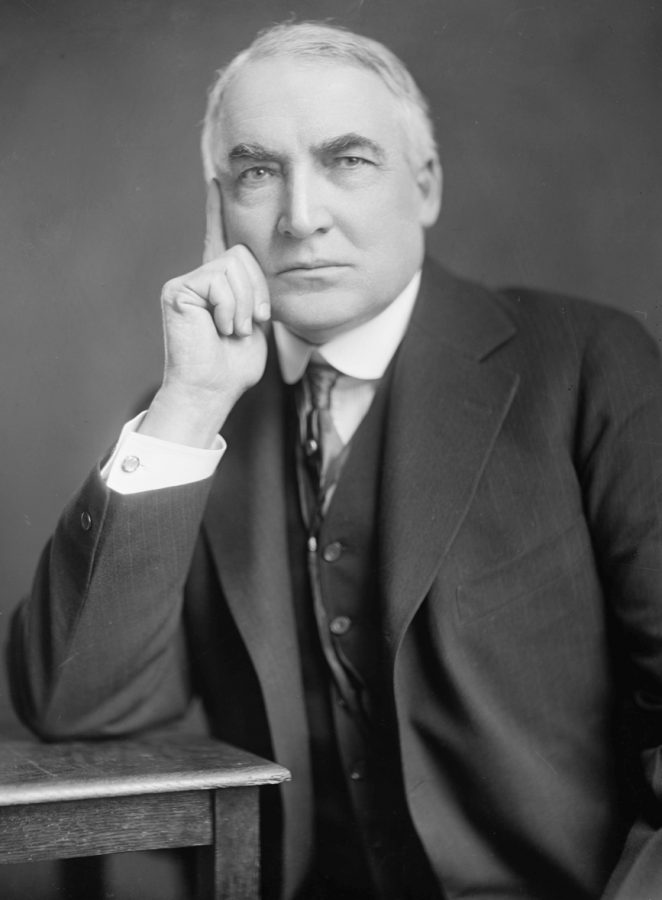Background
As of 2021, 1.56 million children carry out child labor for the cocoa industry with, according to the U.S. Department of Labor, 43% of them partaking in hazardous activities such as lifting heavy loads, being exposed to Agro-chemicals, burning fields, and using sharp tools. These staggering statistics emanate from two west African countries: Cote d’lvoire and Ghana.

This abundant use of child labor in West Africa has resulted in a regional cycle of generational poverty as the individuals who performed child labor in their youth missed out on the key experience that sets one up for success in their adult life: an education. With their abilities and possibilities narrowed, child labor not only steals a person’s childhood, but the rest of their lives as almost every single child laborer grows up to still live in poverty. Worse yet than this complete inability to socially mobilize is the reality that many of these individuals must watch as their own children resort to child labor as a mode of income for their impoverished families. To rub salt into the wound, most children enter child labor in order to support their families, but, as put by the Food Empowerment Project, “once they [child laborers] have been taken to the cocoa farms, the children may not see their families for years, if ever.”
The cocoa that these hundreds of thousands of children cultivate is exported around the world and used in high profile chocolate brands such as Hershey, Mars, and Godiva. At this very moment, most U.S. citizens probably have a form of Hershey’s chocolate sitting in the pantry of their house, whether it’s a 25 pack of large bars for s’mores or a big bag of milk chocolate kisses; I know I do.
Solutions

Progress has been made. In recent years, U.S. programs such as Green America are attempting to eradicate child labor from the chocolate that U.S. citizens consume. Hershey has made “child labor monitoring and remediation” a priority, but just this year the U.S. was “sued over imports of cacao harvested by child labor.“
Progress is not moving fast enough. At this point, a call of outrage from the general public would be more effective. An informal boycott by U.S. citizens of chocolate brands that use child labor could finally be the tipping point that brings about real change to the established and corrupt cocoa industry.

A boycott is the withdrawal from commercial relations with a country or organization as punishment or protest. Many critics of this method cite that boycotts rarely work because indifference eventually seeps into the cause. Maurice Schweitzer, one of Wharton School at the University of Pennsylvania’s professors of operations and information management, says to the Los Angeles Times that “‘very few boycotts have led to changes… most boycotts lack a sustained effort’ and people lose interest or stop paying attention.”
However, when boycotts have worked they have made history and great changes. A prime example is Cesar Chavez’s work with the National Farm Workers. The Los Angeles Times explains that in 1965, Chavez and his team “urged the public to boycott grapes to compel growers to provide better pay and working conditions. The boycott targeted nonunion grape businesses… Millions showed solidarity by not purchasing grapes until the UFW signed its first union contracts.”
Schweitzer is partially right. The reason that the obvious crimes against humanity occurring in the chocolate industry have continued for so long is because of indifference. It is a natural human reaction to be apathetic to what you can’t see before your eyes, however, this indifference does not only harm the children forced to do labor, but also the people in first world countries; studies show that by not being empathetic to causes such as the child abuse occurring in the cacao industry, people miss out on the happiness that altruism can bring.
The Pursuit of Happiness project states that experts all agree that “people who volunteer or care for others on a consistent basis tend to have better psychological well-being, including fewer depressive symptoms and higher life-satisfaction.” After numerous studies, the majority agreed that “there is a significant association between caring for other’s well-being and increased positive affect.” We must fight the urges of indifference and keep boycotting chocolate brands that use child labor. If not for others, then for ourselves.


















